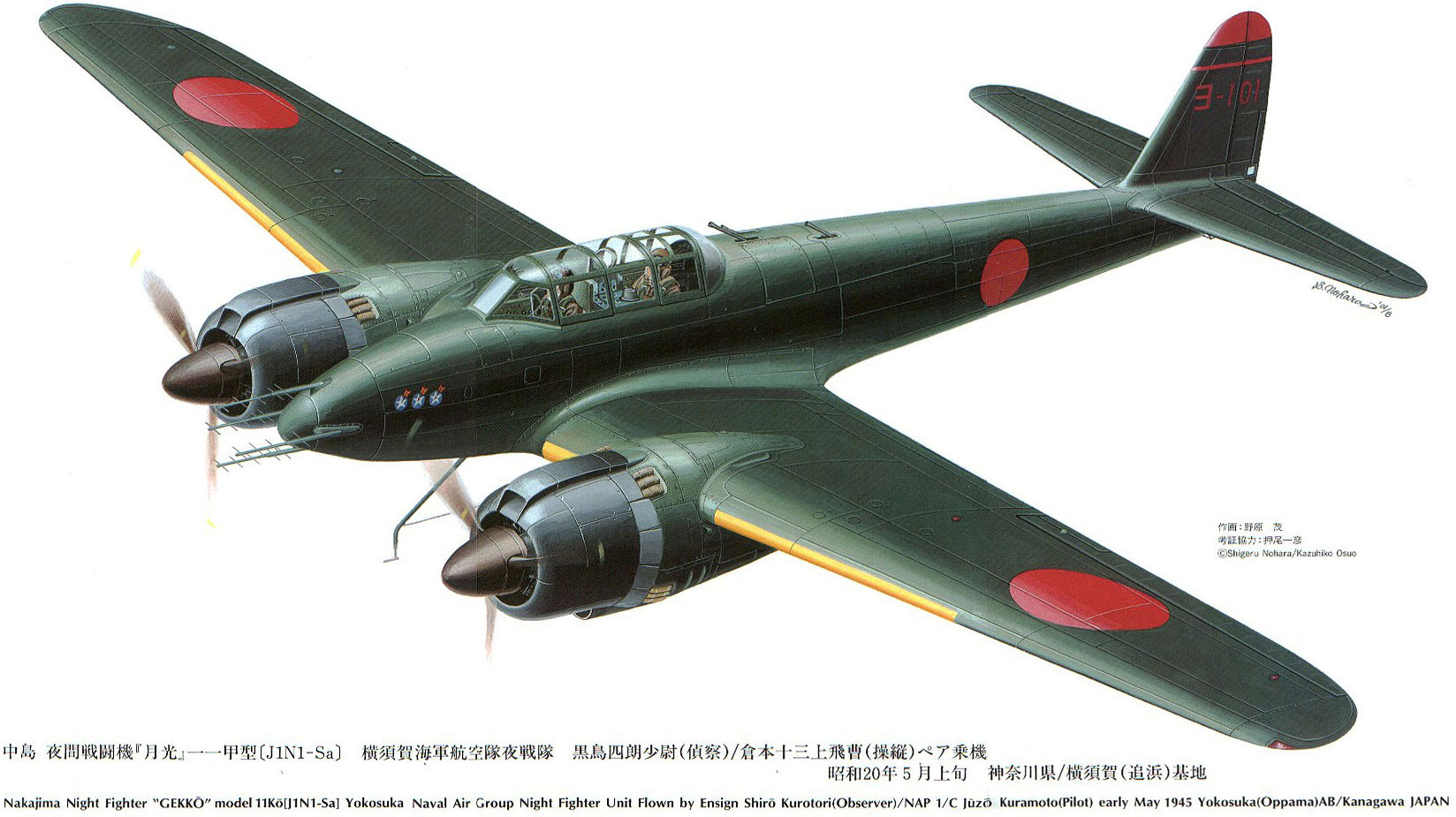
A recent post from my WWII Japanese aviation collection – a Japanese night fighter- the Gekko – Allied forces codename “Irving”! There is great article of some length which discusses this amazing aircraft as well as other night fighters.
Originally shared by Pete Panozzo
J1N1-Sa Gekko Model 11 Kou
Unit: Yokosuka kokutai
Serial: Yo-101
Pilot – Juzo Kuramolo; observer – ensign Shiro Kurotori. Yokosuka (Oppama) AB/Kanagawa, Japan. Early May 1945.
In the Imperial Japanese Army and Navy there was no alternative to visual recognition, because until early 1944 neither service used any avionics apart from communications radio and DF loops. AI radar and IFF were slow to come into Japanese service, though preliminary information on FuG 202 Lichtenstein was sent by submarine from Germany in 1942. But it would be misleading to picture Japan as a land of technology illiterates, able only to copy Western innovations. This image may have comforted the Allies until the first few days after Pearl Harbor, but it was knocked for six by the superior combat performance of the A6M (Zero) fighter, and it never had much basis in fact. In 1928 Okabe in Tokyo had been the first microwave worker to generate enough power for communications in this band of new centimetric wavelengths, and at about the same time Professor Yagi had devised the short-wave directional aerial that bears his name. Comprising a linear array of dipoles, the Yagi aerial is today seen on many millions of rooftops around the world, and it was this type of aerial that was used in the first Japanese AI installation.
Though their development was slow and often troublesome, no fewer than five types of airborne radar were worked on by the Japanese in the Second World War. At first the main effort went into ASV (air-to-surface vessel) sets, which by 1944 were operational in several types of Navy aircraft down to the familiar B5N (‘Kate’) torpedo-bomber. The three types of AI radar for night fighters were less successful. One was an Army copy of FuG 202, and though it was tested in an obsolescent Mitsubishi Ki-21 bomber in 1943 it either never reached combat units or made only an insignificant impact on operations. The much more important Army set was the E-1, operating in the S-band at near 11 cm wavelength, the main carrier of which was the Kawasaki Type 2 heavy fighter, also called Ki-45 Toryu (dragon-killer) and known to the Allies as ‘Nick’. Originally a day long-range fighter, with forward-firing guns, the Ki-45-Kai-C (modification C) version appeared in June 1944 with two 20 mm guns mounted obliquely in the mid-fuselage and, in some aircraft until October 1944, a searchlight in the nose. Gradually the AI radar was fitted and operators trained, but there is no evidence that radar played the central role in the occasional successes scored by these aircraft defending Japan against the B-29. At least the Ki-45 could reach the B-29 attack height of around 31,000 feet, and at full throttle could just overtake the speedy American bombers. Over Japan there was often chaotic radio communication, and no GCI system at all. Night fighters were thus left to their own devices, and the few successful night interceptions that took place were usually on moonlit nights when the B-29 contrails showed up from a considerable distance.
Intercepting a B-29 formation called for great courage. Whereas a Luftwaffe NJG pilot had nothing to fear from 99 per cent of the RAF heavies, the B-29 had no blind spots and carried heavy armament covering every possible direction of attack. Downwards and to the rear a fighter could be seen from three sighting stations and fired upon by six 0.5 in guns and a 20 mm cannon, and as these great bombers held tighter formation than the RAF bomber stream it was probable that, if one bomber opened fire, several others would open up on the same target. Added to the fact that head-on attacks were impractical at night, one is left with a situation in which a single fighter is faced with withering heavy-calibre fire in a stern chase at a closing speed hardly more than walking pace. A few Ki-45 night fighters attempted to get more speed and altitude by fitting only two 12.7 mm (0.5 in) oblique guns, a totally inadequate armament for the task of bringing down a B-29. Typical Ki-45-Kai-C forward-firing armament comprised a single heavy cannon of 37, 50 or 75 mm calibre, but these fired slowly and carried a very limited number of rounds. How eight of these fighters managed to bring down seven of a force of B-29s attacking northern Kyushu on the night of 15 June 1944 remains a mystery: there may have been some deliberate collisions.
The equivalent of the Ki-45 in the Imperial Navy was the Nakajima J1N1 Gekko (moonlight), called ‘Irving’ by the Allies. Planned as an escort fighter in 1940, the original J1N1-C failed to make the grade, but eventually entered service as a reconnaissance aircraft. It first operated in late 1942 in the area of New Guinea and the Solomon Islands, and though it had inadequate performance for day fighting it was locally judged to be a possible answer to the US Army heavy bombers that were making life a misery at night. The initiative to turn the J1N1-C into a night fighter stemmed from the commander of the 251st Air Corps at Rabaul, Yasuna Kozono, who proposed the same upward-firing armament as was being experimented with by the Luftwaffe. He went further, and suggested two pairs of 20 mm Type 99 Model 2 cannon, one pair firing obliquely up and the other pair obliquely down. Compared with the Luftwaffe Schräge Musik installations the inclination was less steep, a typical angle being 30°.
In March 1943 Kozono received permission for the proposed modification, and two aircraft were returned to Japan for this purpose. At the same time the Navy Bureau of Aeronautics in Tokyo recognized that the basic aircraft was eminently suitable for use as a night fighter, a category of aircraft then non-existent in the Imperial Navy. Work began on a specialized sub-type, the J1N1-S. Meanwhile the first two night-fighter conversions, designated J1N1-C-Kai, returned to Rabaul in May 1943 and soon proved their worth by shooting down two B-17s, following the next night by a B-24. This was no mean achievement, as the C-Kai had long exhaust stacks discharging above the wing, without flame dampers, and maximum speed not higher than 300 mph. At one time one of them had a trainable searchlight in the nose. They retained a crew of three, the pilot being assisted by a navigator and a gunner, the latter being needed to change ammunition drums.
These successes, the first ever gained by Japanese night fighters, were followed by others until both the original C-Kai conversions had been destroyed. But by August 1943 the definitive J1N1-S Gekko was in production, and most of the 479 of all J1N versions built were of this sub-type. The new Type 99 Model 2 guns had belt feeds, so no gunner was needed, and the previously lumpy rear fuselage was made more streamlined. From December 1944 the Gekko was the chief Navy night fighter, but its success against the B-17 and B-24 could not be repeated against the B-29; it could not climb high enough nor fly fast enough, despite the speed being increased to 315 mph at the best height of about 16,000 feet and 272 mph at 30,000 feet. In the final versions produced in 1945 a Navy-developed AI radar was fitted, again using Yagi-type aerials in a neat quadruple array and being under the control of the observer. There is no record of successful B-29 interceptions, and these aircraft either languished on the ground or were used for Kamikaze attacks.
The Army’s success with the Ki-45 led to a successor, the Ki-96, first flown in September 1943. Much more powerful, it had a speed of 373 mph and carried a 37 mm cannon and two 20 mm guns. The Army could not make up their minds whether it should have one seat or two. Eventually the Ki-96 was redesigned into the Ki-102 two-seater, flown in March 1944. One of its guns had a calibre of 57 mm, and a single shell blew an engine off a B-29 in the course of a prototype test flight with loaded guns. Only a handful of different types of Ki-102 were built, the last two being Ki-102c night fighters with two oblique 20 mm Ho-5 cannon and two forward-firing 30 mm Ho-105s. All these were new guns marking a great improvement on the old patterns used previously. The Ki-102c also carried AI radar, almost certainly E-1, and its crew comprised a pilot and radar observer. The Allied name for all Ki-102 versions was ‘Randy’.
It so happened that the best of all Japanese night fighters was a converted bomber extremely similar to the Ju 88 in character. Though many years later in conception than the German aircraft, the Yokosuka P1Y1 had precisely the same wing span, almost identical weights and engine power, a close-grouped crew of three and very similar flight performance. Like the Ju 88 it was big, tough, durable and could be flung round the sky like a single-seater. So good was it that the Navy instructed the Kawanishi company to redesign it into the P1Y1-s Kyokko (Aurora), known to the Allies as ‘Frances’. The tricky airframe was made simpler to build, the troublesome Homare engines were replaced by robust Kaseis, and the interior was rearranged with the navigator in the nose, the pilot in the centre and the rear gunner in the aft cockpit. The usual armament comprised two oblique 20 mm guns (said to be Type 99 but almost certainly Ho-5s) and a third gun of the same type in the rear cockpit for defence. Radar was fitted, related to that of the J1N1-S but derived from the widely used ASV installation with a completely different dipole aerial array, there being a single large Yagi array in the nose and an axial trio of dipoles along each side of the rear fuselage. About ninety-seven Kyokkos were built, a few having a twin 20 mm dorsal turret. It was perhaps fortunate for the Allies that protracted trials were still going on when the war ended.
There were many other ‘heavy fighter’ programmes in Japan which might have yielded a useful night defender. Among these were the Ki-46-III-Kai version of an established reconnaissance machine, with an oblique 37 mm cannon; the big Mitsubishi Ki-109 with a forward-firing 75 mm gun; the Nakajima J5N-1 Tenrai (heavenly thunder), designed to replace the J1N1-S; the Kawasaki Ki-108 with twin turbocharged engines and a pressure cabin; the Rikugun Ki-93, with two six-blade single-rotation propellers; and the Mitsubishi Ki-83, which was one of the best combat aircraft the Japanese produced in the Second World War. None of these played any part in the war, owing to a combination of muddled administration, severe technical snags, crippling shortages, and the catastrophic effect on Japanese industry of the devastating B-29 raids. Unlike the air battles in the German night sky, those over Japan – if they took place at all, which was very seldom – were one-sided. The general objective of the Japanese was not so much to develop a better fighter that would destroy the B-29 faster, as to develop one that could actually get within firing range. There was quite a difference between a Lancaster cruising at 200 mph at 22,000 feet and a B-29 cruising at 300 mph at 32,000 feet. This must be borne in mind when reflecting on the Japanese lack of success.
https://weaponsandwarfare.com/2017/07/24/imperial-japanese-army-and-navy-night-fighters/
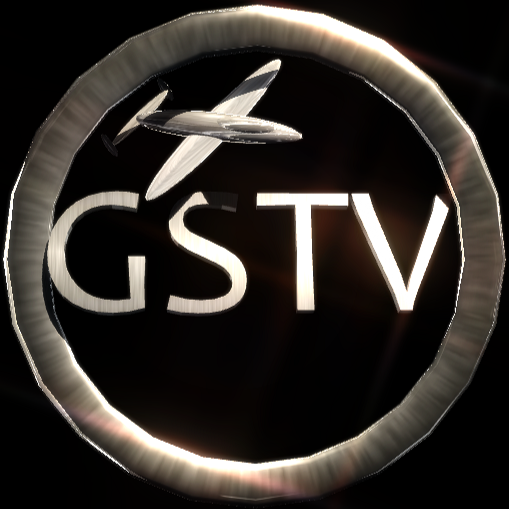

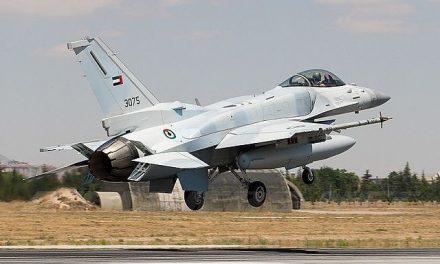
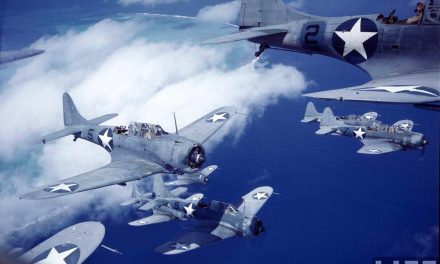

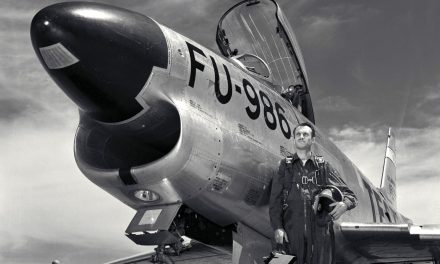
Recent Comments